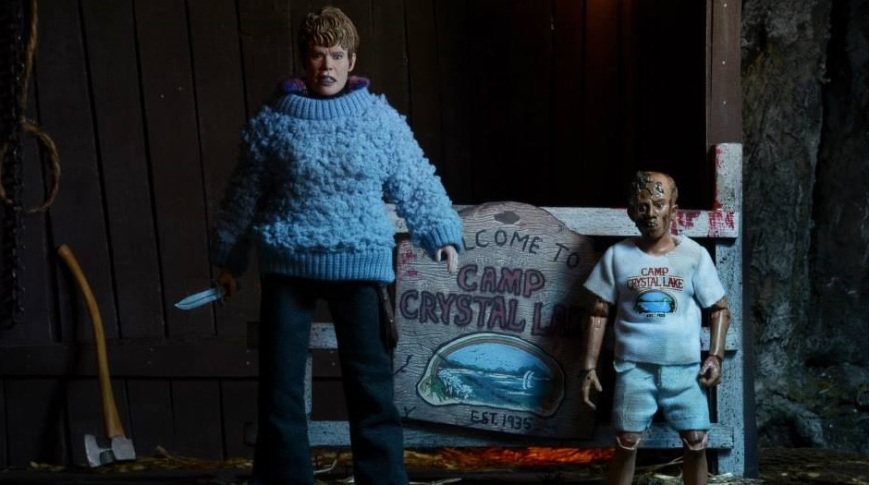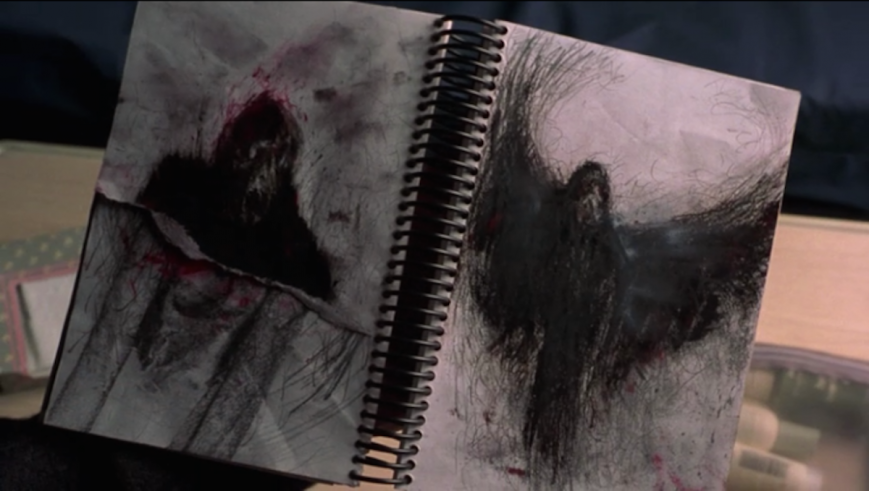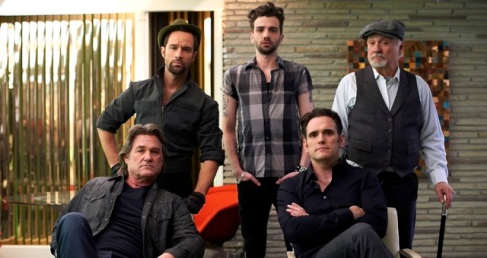In doing a Google image search for “beside still waters” (the title of my current favorite film of the fest), I discovered a lot of truly awful paintings. Typing “beside still waters movie” generates much better results. Like this.
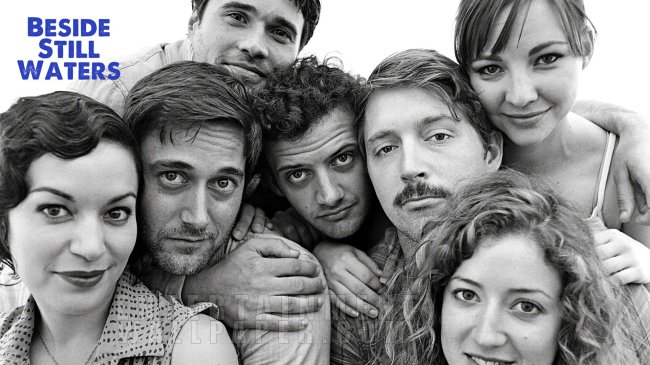
So I’m a day behind already. Not hard to imagine since I’ve gotten back to my backyard cabin after 1am most nights after screenings. Last night was one of those nights. But it was worth it because I had some great festival moments catching two movies, BESIDE STILL WATERS and HANDY, instead of going to either of the two parties my badge got me access to. Maybe next year, parties filled with drunken filmmakers!
Both movies were inspiring for totally different reasons. BESIDE STILL WATERS is, as mentioned, my current festival fave despite appearing, on the surface, to be the kind of movie I’d crap on. But I didn’t crap on it. Because it didn’t crap on me as movies of this type often do.
Logline: “In this BIG CHILL for Generation Y, a group of childhood friends come together for the last time at the scenic lake house where they all grew up, to comfort each other, rekindle old flames and drunkenly stumble down memory lane.”
I think I’m enthralled by the film because 1) I’m the same age as the writers/director, so I “get” the themes; 2) the chemistry and energy of the cast extended into the theater because the director and his friends the movie was based on were in attendance, and they were having a GREAT time; 3) it deftly handles comedy and pathos; 4) it doesn’t over-extend itself or feel undercooked; 5) there’s a sequence that uses pre-lap audio in an Archer-esque way that is all about anal sex–but not in a shitty teen comedy way. Which I appreciate.
After spending so many hours sitting and watching and taking notes, my conference energy was seriously flagging, but this movie gave me a bit of a boost. It feels as relevant as any movie I’ve seen to someone in their late 20s and its cinematic and tightly paced and feels “real”. Whatever that means. Maybe how the characters and situations in the film don’t feel like someone’s attempt to recreate what people born in the mid-80s do/say/feel/experience. “Real.”
The title is kinda junky, but nothing’s perfect.
And the next film is a great example of nothing being perfect. Oh, HANDY, you absolutely bizarre… thing. HANDY is about a hand that separates itself from the body of a terrible writer and decides to go off into the world, where it gets tutored by the best writer in Sicily, falls in love with another separated hand and makes pizza and gets lost in the desert and lots of other fairly batshit crazy stuff. Eventually there’s a hand rebellion and talking head footage of a US military officer and there’s voiceover narration and Franco Nero and the problem of hands being infertile and the hand becomes a movie star and ALL SORTS OF ABSOLUTELY CRAZY SHIT.
It was interesting–not quite enough to keep me entertained–but it was so idiosyncratic and basically ignored standard plot structure, and so I stuck around just to see where it would go. By the end it was almost 1 in the morning, the theater was freezing, and I was pretty glad it was over. But I was excited to hear from the director to figure out who could’ve hatched such an insane movie. Vicenzo Cosentino gave one of the best post-screening Q & A’s I’d seen. He seemed kinda feverish and admitted he wasn’t feeling great, but he gave pretty straightforward no-bullshit answers to the questions. And his perseverance is pretty inspiring. (Pardon any missed details below)
Did I mention that Italian legend Franco Nero is in this movie? He is. And he’s basically the reason this feature exists in the first place. As Vincenzo told it, he made a short based on the detached hand idea that won an award at a festival that Nero was at. They struck up a conversation in which Nero found out that Vicenzo had no money or budget for a feature based on the short and offered to act in it for free if Vicenzo wanted him to. Well, Vincenzo had no plans to turn the short into a feature, but he had a legend lined up for a role in a feature so… he made a feature. And that night, after the awards ceremony, he went to his hotel room and wrote a 20 page part for Franco Nero, caught him at the airport the next day and showed him the pages. To which Franco Nero replied, “You’re fucking crazy. But these pages are great. I’ll do it.”
Thus began a 4-year odyssey during which Vicenzo, with no money or real help, made a feature film starring detached hands. That skateboard. And fall in love. And start wars. And travel the world.
Yes, Vincenzo travelled the world to get shots to put in his sequence where the two hands that fall in love do the same. So he illegally got footage in places like the Eiffel Tower and the Pyramids of Giza because no one realized he was making a movie about hands.
And he made clothes for his hands. And props (including a tiny bag of tortilla chips). And he filmed in his house, turning part of it to a pizza place. His Q & A was actually probably better than the film because it revealed the lengths he went to as a filmmaker to finish his first feature, no matter how weird it is. Living in a van during film school and so on. Accepting that he was a crew of one shooting a movie about hands. Just going for it.
And now he has a finished movie. It’s not a great movie, but it is a memorable movie. And Vincenzo acknowledges that maybe that’s better in the long run. Because, he explained, he could’ve made some horror movie and it would be one among a million horror movies. But this is the only movie starring hands. So hopefully whatever buzz he gets pays off for him!
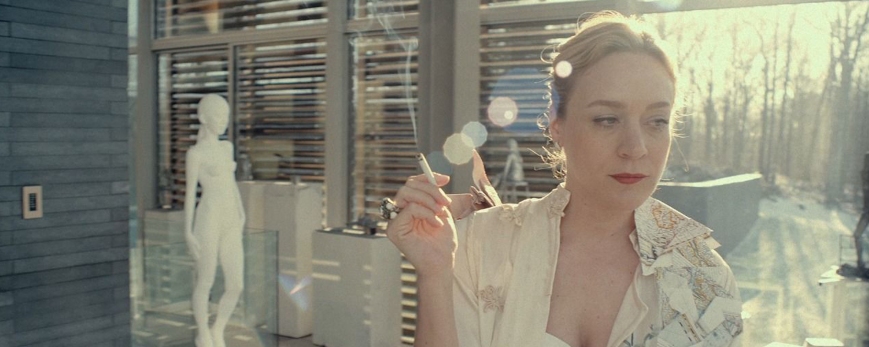 This is going to be the first 10-ish Minute Review that should actually hit close to 10 minutes of writing time. Because this movie is terrible.
This is going to be the first 10-ish Minute Review that should actually hit close to 10 minutes of writing time. Because this movie is terrible.